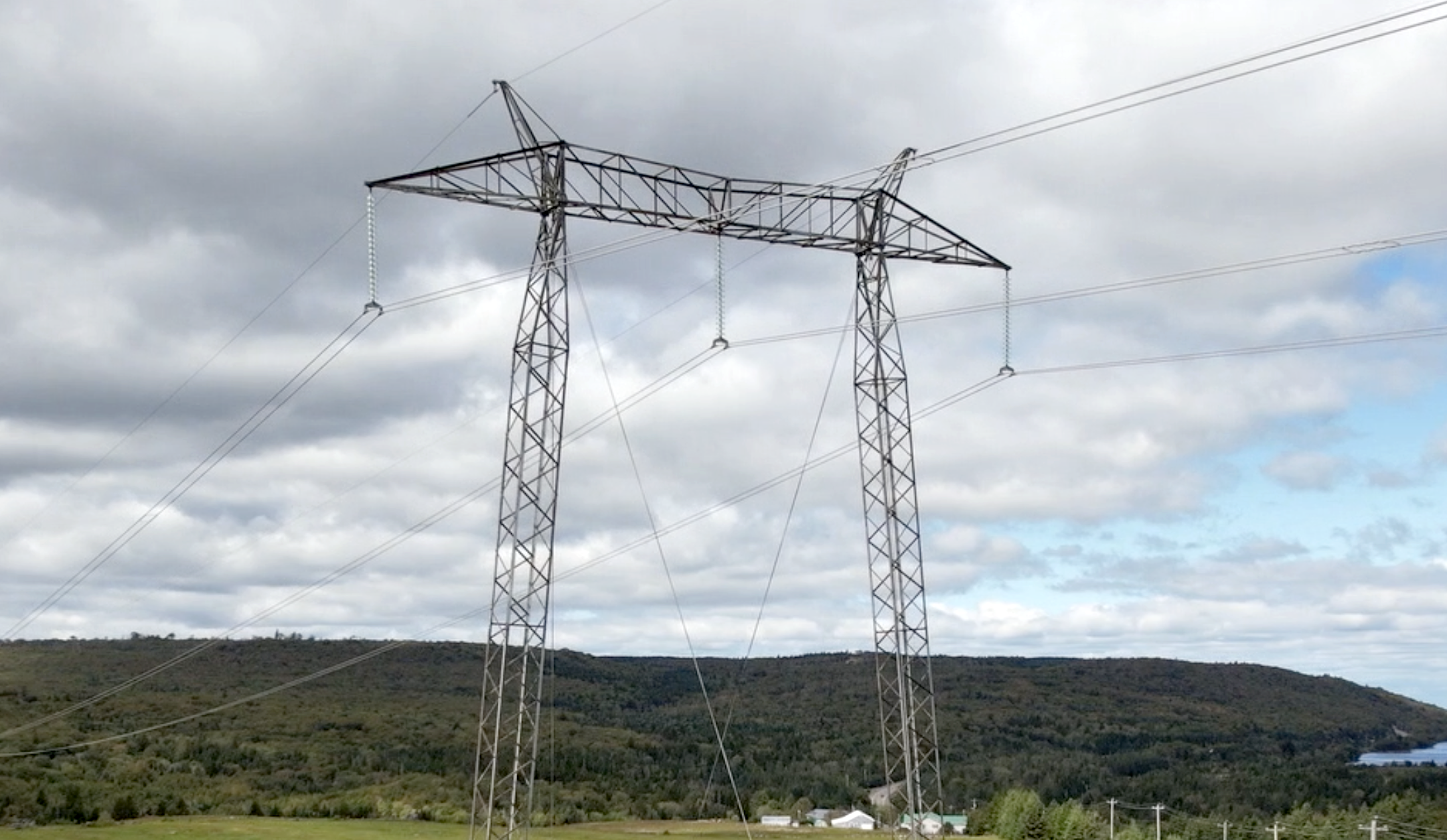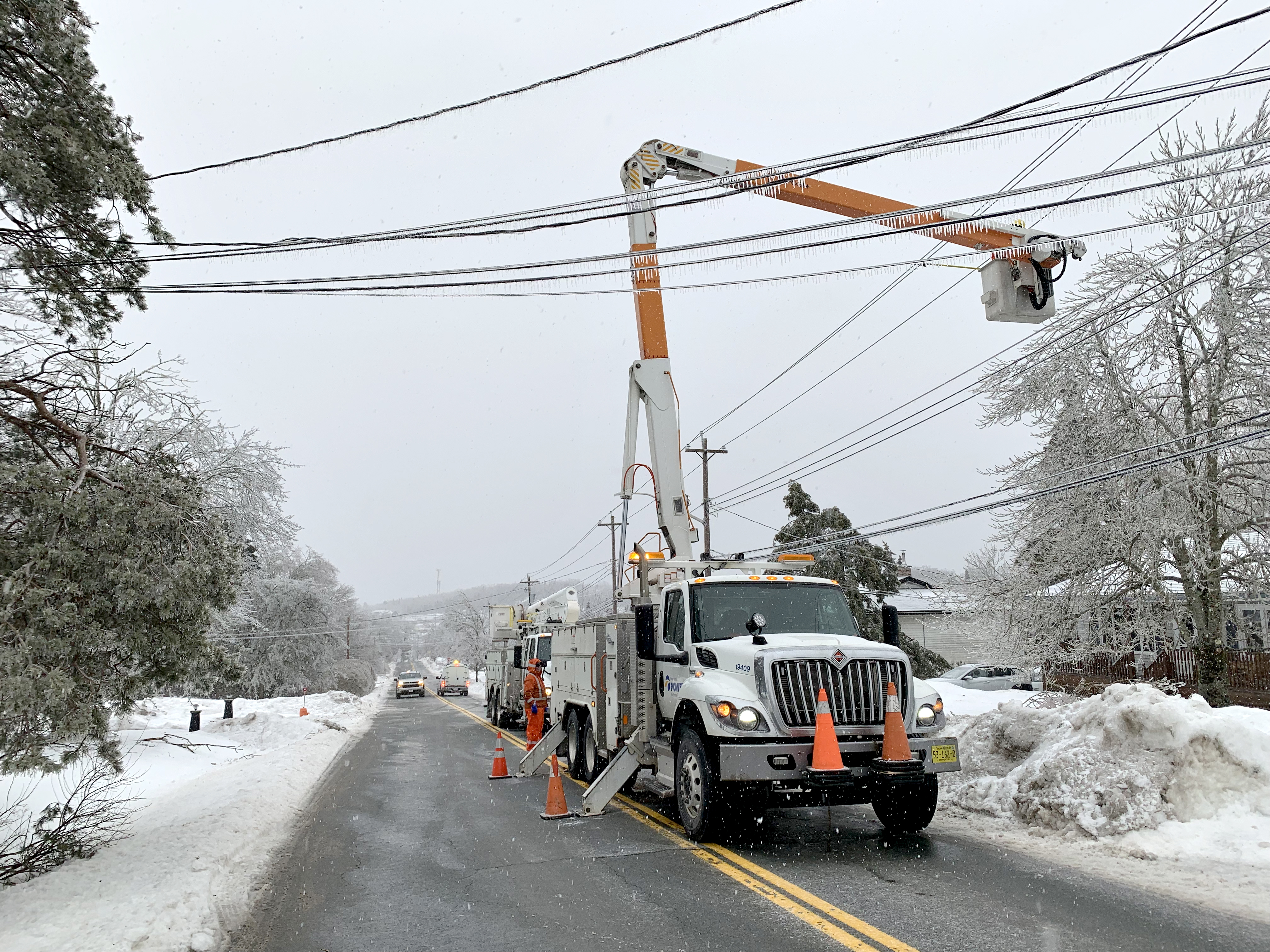How we plan and stay prepared for storms
Storm season has brought us some extreme conditions so far, causing outages that are disruptive and inconvenient for our customers. That’s why we work year-round to maintain and strengthen our system.
We also plan and stay prepared for storm season, to ensure the least number of interruptions to our customers as possible and a speedy power restoration.
Strom preparedness and response
Storms are unpredictable and each one is different; however, our planning is the same. We work throughout the year to ensure we’re prepared for storms and severe weather, which helps us respond to outages quickly and safely.
We are always watching the weather, reviewing many forecasts and ensuring we have plans in place. This includes looking at areas expected to be impacted the most and where we might need additional resources. When we see a large storm is making its way toward Nova Scotia, we bring our Emergency Operations Centre team together. This is the team that manages our storm response and planning.
We also work closely with the provincial Emergency Management Office and coordinate directly with provincial departments and agencies—including the Department of Public Works, which is responsible for provincial transportation infrastructure, municipalities and indigenous groups, other partners such as telecommunication companies, and support agencies such as the Red Cross and Ground Search and Rescue.
Another important aspect of storm response is debriefing after the storm, to discuss what worked and what can be improved before the next one. After every storm, we target hard-hit areas by trimming trees and removing weakened branches that may cause problems later.
Extreme weather and storm impact
.jpg?sfvrsn=1e7feb05_0) Our weather is changing. We’re experiencing more extreme weather and more frequently.
Our weather is changing. We’re experiencing more extreme weather and more frequently.
In the beginning of 2022, we had eight significant storms within three months. We also experienced unprecedented damage from Hurricane Fiona in September 2022, which prompted a historic storm response effort from our team. During the weekend of February 4th this year, temperatures dipped lower than it has in decades—we haven’t seen conditions that extreme in almost 20 years.
With these significant storms and weather, we’re seeing more high winds (over 80 km/hour) which can weaken trees and add stress to our electrical system. That’s why we’ve been making changes in how and where we invest to proactively address those challenges.
Our proactive maintenance
We’re investing more in tree trimming and maintenance—$20 to 25 million every year—clearing trees and branches from about 1,000 km of powerlines. That’s about the same distance from Halifax to Quebec City. We share information about our tree trimming investments by county on through our Tree Trimming Map.
We invest over $100 million each year to improve our system, by installing protective devices, upgrading lines, and replacing poles and transformers. We’re also using equipment designed to better withstand severe weather: bigger, wider and stronger power poles for example.
This work is ongoing, and it ramps up when a storm is approaching. It’s how we proactively maintain and strengthen our system and stay prepared before storms, to ensure the least impact to customers and the grid.
Share This Post:




.jpg?sfvrsn=1e7feb05_0) Our weather is changing. We’re experiencing more extreme weather and more frequently.
Our weather is changing. We’re experiencing more extreme weather and more frequently.
